Proteobacteria are a genetic domain of gram-negative bacteria that have hardly any phenological similarities and are characterized by extreme heterogeneity. Many classes of Proteobacteria photosynthesize anaerobically for energy or are known as nitric oxidizers. The bacterial domain includes some pathogens, such as the pathogen that causes gonorrhea.
What are Proteobacteria?
The bacterial world consists of many individual strains, some of which are larger than others. The Proteobacteria form one of the most extensive bacterial strains known to date. The bacterial domain encompasses numerous pathogens as well as various nitrogen oxidizers, i.e. nitrogen oxidizing bacteria.
The name Proteobacteria is derived from the Greek god Proteus. This was, according to legend, a form changer. The variety of shapes is also what makes the Proteobacteria. They do not form a morphological group, but a genetic grouping. They are of completely different phenotypes. However, their genotype has a genetic commonality through related RNA sequences. Above all, the systematics of the RNA strands is the decisive criterion for the genetic classification as a bacterial family.
A common characteristic of the bacterial domain are also the cell walls, which consist of thinly layered murein with lipopolysaccharides. All species in the domain are gram negative. Some of the species are able to locate through their flagella. Others move smoothly. Proteobacteria generally do not have a nucleus and are therefore classed as prokaryotes.
Occurrence, Distribution & Properties
The bacterial domain of Proteobacteria is divided into five classes: Alphaproteobacteria, Betaproteobacteria, Gammaproteobacteria, Deltaproteobacteria and Epsilonproteobacteria. The first-mentioned class includes, among others, purple bacteria that do not process sulfur and acetic acid bacteria. The gammaproteobacteria in turn include sulfur-purple bacteria.
Some subgroups from the Proteobacteria department carry out anoxygenic photosynthesis as a metabolic pathway under anoxic conditions, for example the purple bacteria and sulfur-purple bacteria. They generate energy-rich substances from low-energy substances using light energy. This enables them to live in environments in the absence of oxygen.
The bacteria use sulfur, hydrogen, hydrogen sulfide or other organic molecules as so-called electron donors as starting materials. The reaction does not depend on elemental oxygen. Also, no elemental oxygen is formed during the reaction.
The Proteobacteria subgroup Myxobacteria is so far the only known group of the domain that stands between single-cell and multicellular ways of life. These bacteria form multicellular fruiting bodies through spores. The fruiting bodies converge with slime molds. The alpha group of Proteobacteria occurs, for example, in nutrient-poor waters. Beta proteobateria such as Neisseria are partly pathogens of sexually transmitted diseases and inflammations and partly colonize the mucous passages naturally.
The class of the Gamma-Proteobacteria includes pathogens for animals, humans and plants, for example the species Pseudomonas. Epsilonproteobacteria, such as Helicobacter pylori, occur in the human stomach, where they are involved in the development of gastric ulcers. The heterogeneity of the bacterial domain is extremely broad.
Reference should also be made at this point to the so-called endosymbiont hypothesis. According to this, the endosymbiotic proteobacteria should correspond to the common descent of all mitochondria from eukaryotes. The eukaryotes are said to have originated when their prokaryotic precursor organisms entered into symbioses. According to the hypothesis, chemotrophic and phototrophic bacterial species of prokaryotic cells are said to have been absorbed by phagocytosis and to have lived on inside the cells, making them endosymbionts.
These endosymbionts are said to have developed into cell organelles within the host cells. The complex of the host cell and the organelles contained therein is understood as a eukaryote. In this theory, the individual cell organelles are the mitochondria and plastids. Plant, animal and human cell complexes thus have their origin in a fusion of prokaryotes. All living beings with a cell nucleus owe their life to proteobacteria.
Illnesses & ailments
The Proteobacteria are not all pathogens, but contain an unusually large number of bacteria that are pathogenic for humans. The alpha species Neisseria gonorrhoeae is also called gonococci and is the causative agent of gonorrhea and thus one of the most famous sexually transmitted diseases. The bacteria live in the mucous membranes of the urinary and reproductive organs and are transmitted with sexual intercourse. For men, the infection can be accompanied by inflammation of the urethra, itching, purulent discharge, painful urination, and inflammation of the epididymis or prostate. Women can also become sterile due to gonorrhea with bacterial adhesion of the uterine and fallopian tube lining. In many cases there are no symptoms. However, the carriers pass the bacteria on with sexual intercourse. Gonococci are also transmitted through oral and anal intercourse once they have colonized the lining of the throat or rectum.
The related Proteobacteria Neisseria meningitidis are the most common causative agents of purulent meningitis. Physiologically, they colonize the nose and throat.
Pseudomonads from the class of the Gammaproteobacteria are opportunistic pathogens that occur in weakened animals and plants. For example, they cause spot disease in fish.
For humans, infections with Helicobacter pylori are also noteworthy, as they can result in various stomach diseases and cause increased gastric acid secretion. In addition to type B gastritis, gastric carcinoma is now also associated with the bacteria. The infections are said to be a risk factor for stomach ulcers, duodenal ulcers and their degeneration into malignant cancer.

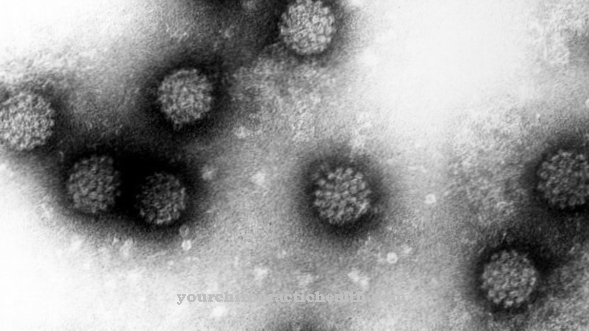
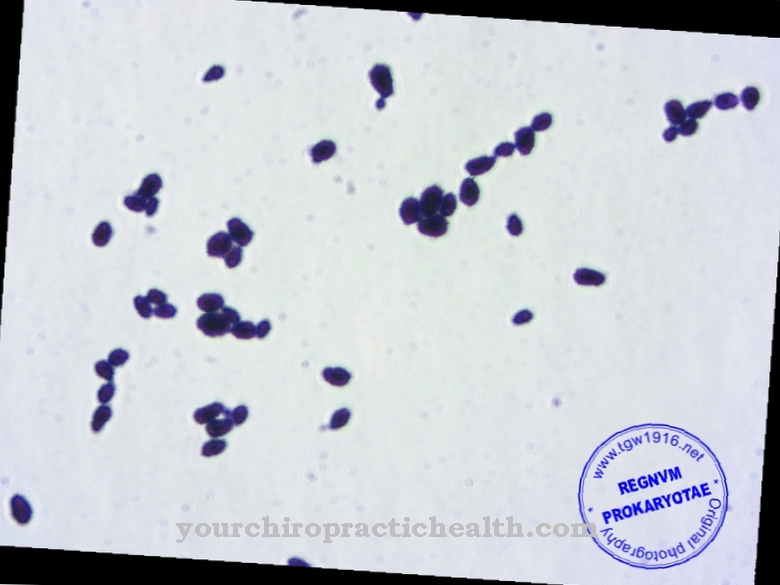
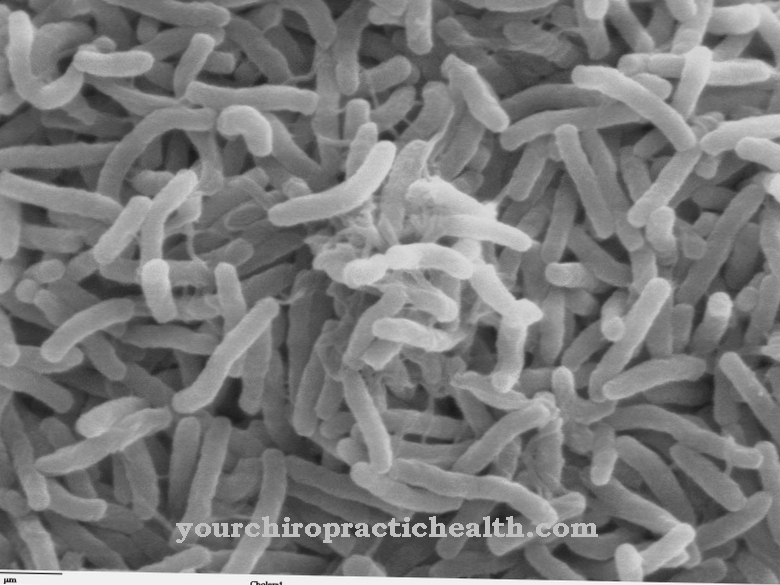

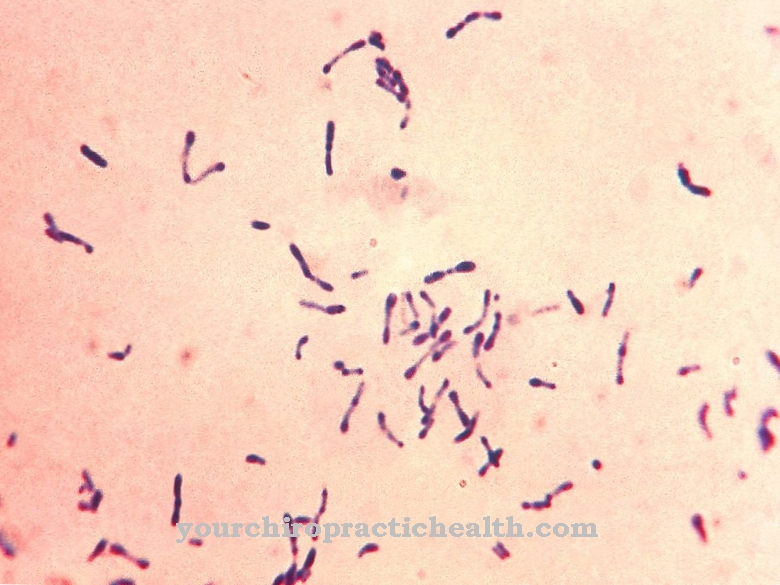

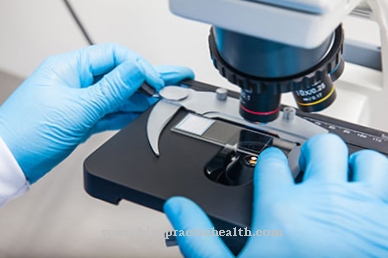

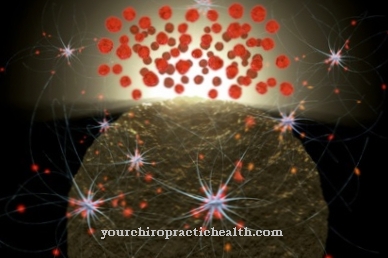

.jpg)



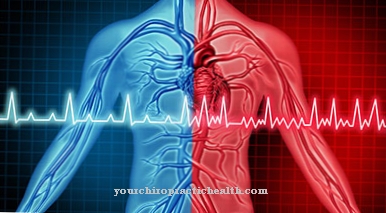


.jpg)

.jpg)


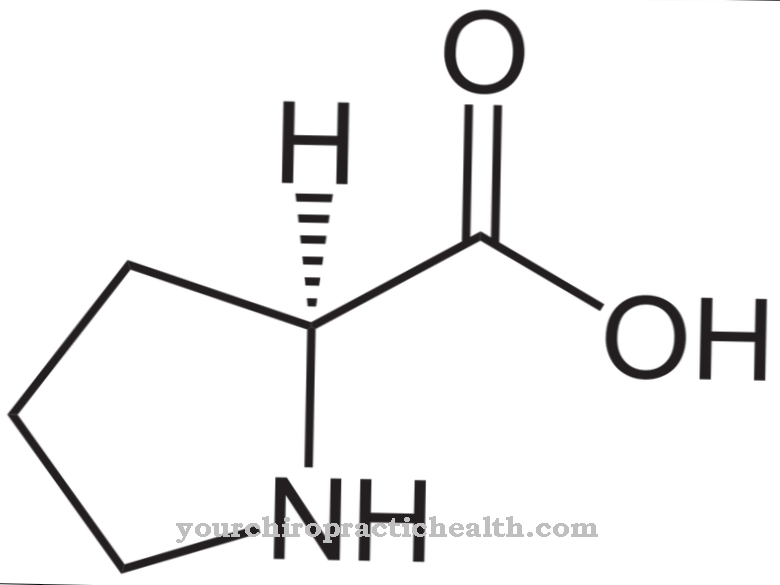

.jpg)

